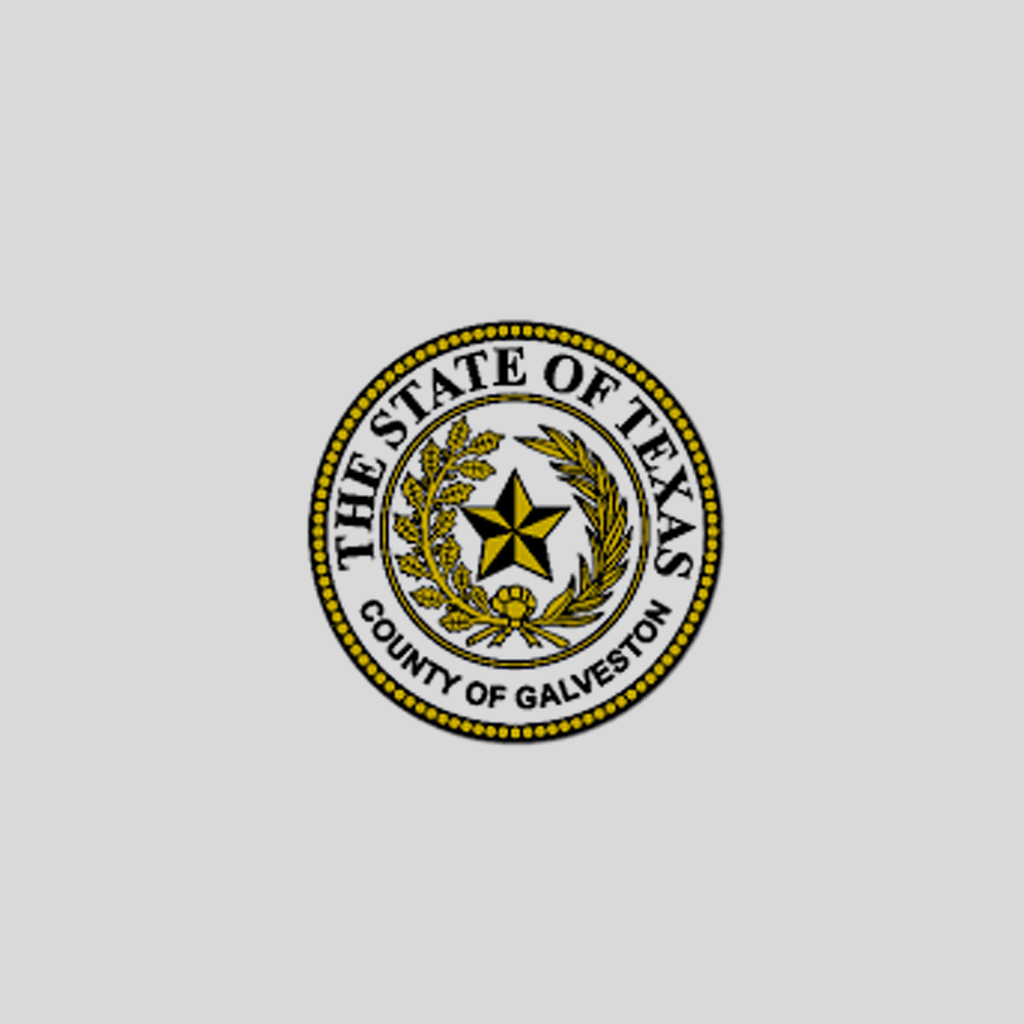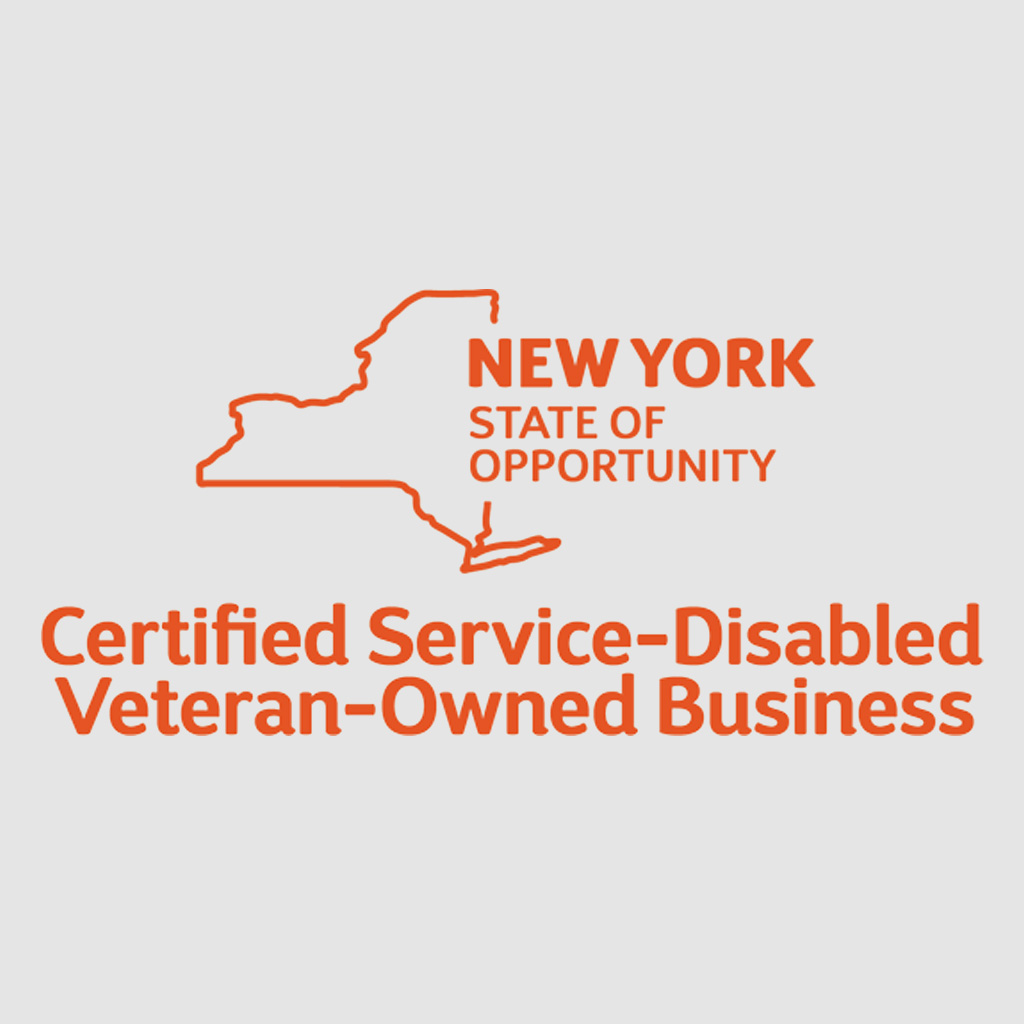Writing grants for municipal projects is a critical function of local governmental planners that can lead to significant advancements in a community’s infrastructure. By effectively utilizing both Federal and Texas State grants, municipalities can realize their capital project objectives without impacting local tax rates or fee scheduling. This article will guide you through the process, from understanding grant options to crafting a persuasive proposal and ensuring long-term success.
Understanding the Grant Landscape: Federal and Texas State grants offer local governments a valuable opportunity to access additional funding for crucial infrastructure projects. These grants not only provide financial support but also facilitate community development, economic growth, and the realization of impactful projects that enhance the lives of residents. If your focus is infrastructure development, the grant must be written in such a manner as to highlight benefits that meet a national or regional objective, depending upon the funding stream. You can find more information on specific Federal and Texas State programs at Fueling Tomorrow.
- Federal Grants: Federal grants play a pivotal role in funding municipal projects. Agencies such as the Department of Transportation (DOT) and the Environmental Protection Agency (EPA) offer grants for various infrastructure initiatives. To tap into these funds, municipalities must align their proposals with specific agency priorities, ensuring a strong fit between their project and the grant’s objectives.
- Texas State Grants: Texas State grants provide valuable funding opportunities. The Texas Department of Transportation and the Texas Water Development Board offer grants tailored to local infrastructure needs. Researching these options is essential, as they often come with specific requirements and criteria.
Identifying Infrastructure Needs: Municipalities should start identifying infrastructure needs as an ongoing and proactive process. It is essential to continuously assess and address the evolving requirements of the community’s infrastructure. Waiting until an urgent issue arises can lead to inefficient responses and missed opportunities for improvement. With rising costs of construction and inflation, it is in the best interest of municipalities and taxpayers to be farsighted and proactive when it comes to identifying future requirements.
- Assessing Current Assets: Before seeking grants, municipalities must conduct thorough assessments of their existing infrastructure. This evaluation helps pinpoint areas in need of improvement and guides the selection of suitable projects for grant funding.
- Recognizing Gaps and Opportunities: Identifying gaps in current infrastructure services and recognizing opportunities for enhancement is crucial. Grants are more likely to be awarded to projects that address critical community needs and demonstrate long-term benefits.
- Researching Applicable Grants: Online databases like Grants.gov or Transportation.gov provide a comprehensive list of available Federal grants. These platforms allow municipalities to filter grants based on eligibility criteria and focus areas, streamlining the search for relevant opportunities. Texas State agencies, such as TXDOT, also maintain databases of grant programs. Exploring these resources helps municipalities discover funding sources aligned with state-specific goals and objectives.
Crafting a Compelling Proposal: Grant funding is limited, and numerous organizations and municipalities compete for the same resources. A compelling proposal sets your project apart, increasing its chances of being selected from a pool of applicants.
- Clear Project Description: In your grant proposal, clearly articulate the project or program’s goals, objectives, and expected outcomes. Use data and evidence to support the need for the project, showcasing its potential positive impact.
- Demonstrating Community Impact: Highlight the project’s benefits for the community, such as improved transportation, enhanced public safety, or increased economic activity. Including testimonials from residents and stakeholders can add a human touch to your proposal.
- Outlining Budget and Resources: Provide a detailed budget breakdown, including all expected costs and revenue sources. Demonstrating a clear financial plan shows that you have thought through the project’s feasibility and sustainability.
Collaborative Partnerships: Collaborative partnerships can significantly aid municipalities in securing infrastructure grant funding by adding value, credibility, and resources to their grant proposals. These partnerships enhance the overall strength of the proposal and increase the likelihood of success.
- Engaging Stakeholders: Engage community members, local businesses, and relevant organizations in the project’s development. Collaboration not only enhances the proposal’s quality but also demonstrates strong community support.
- Highlighting Public-Private Partnerships (P3): P3 collaboration can add strength to grant proposals, particularly in a “Pro-Business” state like Texas. Showcasing partnerships with private entities can contribute resources, expertise, and funding, making your proposal more attractive to grant reviewers.
Addressing Sustainability and Long-Term Plans: Highlighting sustainability in your proposal demonstrates a commitment to minimizing negative environmental and fiscal impacts. Granting agencies and reviewers often prioritize projects that promote eco-friendly practices and contribute to long-term environmental well-being. From a fiscal standpoint, understanding long term operations and maintenance considerations is also essential.
- Environmental Considerations: Incorporate environmental sustainability into your proposal. Outline how the project minimizes its impact on the environment and adheres to relevant regulations.
- Maintenance and Growth Strategies: Detail how the municipality plans to maintain the project once it’s completed and how it aligns with the community’s long-term growth plans.
Submission and Follow-Up: The submission of grant proposals requires meticulous attention to detail, clarity, and alignment with grant guidelines. Follow-up with awarding agencies demonstrates professionalism, responsiveness, and a commitment to collaboration.
- Adhering to Guidelines: Follow all submission guidelines meticulously, to include timelines. Incomplete or improperly formatted proposals can be rejected, even if the project itself is strong.
- Regular Communication: After submitting the proposal, maintain communication with the grant agency. Address any inquiries promptly and professionally, showcasing your commitment to the project’s success.
Grant writing for municipal infrastructure funding requires careful research, strategic planning, and persuasive communication. By understanding the grant landscape, identifying needs, crafting compelling proposals, fostering partnerships, and addressing sustainability, municipalities can increase their chances of securing funding. This process, though intricate, plays a pivotal role in driving community growth and progress through enhanced infrastructure.
At Front Line Advisory Group, we provide program management consulting services for capital improvement bonds. We are revolutionizing the construction industry and transforming client expectations by obsessing over the basics of budget oversight, schedule enforcement, compliance, vendor management, and stakeholder communication. Contact us for more info at info@frontlineadvisorygroup.com.













